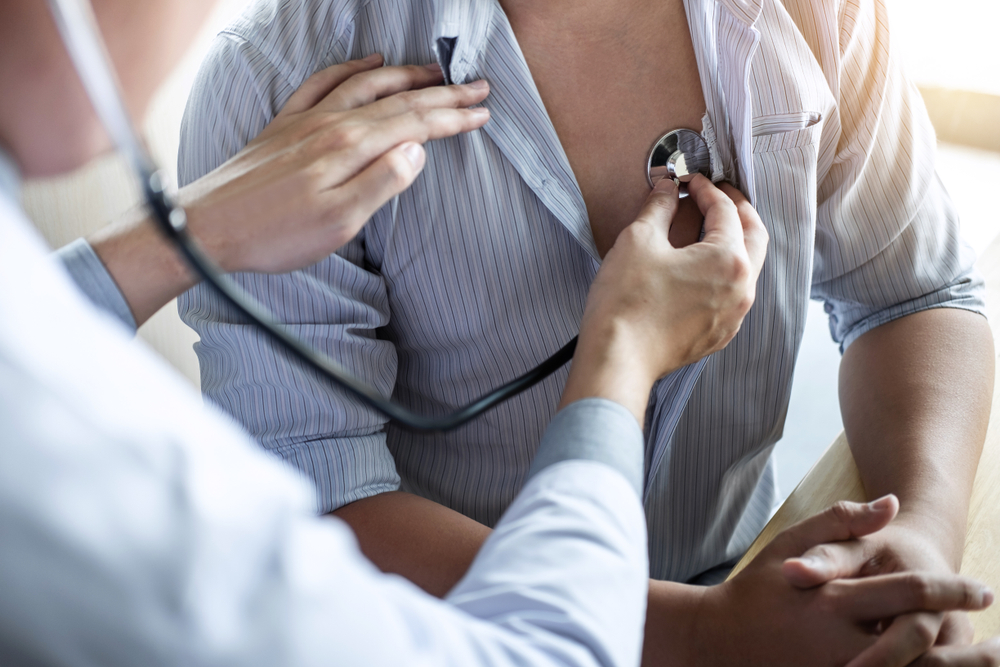- Find a Provider
- Visitor Information
- Services
- Media
Featured Articles
- About
- Patient Resources
- Locations
Southwoods Cardiology provides specialized care for patients with conditions affecting the heart. Our dedicated team of highly trained, board-certified physicians are experts at diagnosing and treating a variety of cardiac conditions while delivering safe, quality care in a compassionate environment.
We provide a complete range of services and treatments from routine heart screenings to post-treatment follow-up, while offering state-of-the-art testing – including nuclear stress tests and echocardiogram. These tests are performed as an extension of Southwoods Imaging, and you do not need to be a patient of Southwoods Cardiology.
See below for additional information on Southwoods Cardiology.

Also known as a coronary calcium scan, this noninvasive test assesses the amount of calcified plaque build-up in the heart’s arteries. Results can determine a patient’s risk of heart attack or stroke, and may show coronary artery disease (CAD) before symptoms arise.
This noninvasive diagnostic test examines the blood vessels that supply blood to the heart, the coronary arteries. Using an injection of contrast dye and specialized X-rays, this test determines if narrowing (stenosis) is present.
A test using sound waves that produces a live image of the heart. This ultrasound, or high-frequency sound waves, is produced by a hand-held wand placed on the patient’s chest providing pictures of the heart’s valves and chambers and helps the sonographer evaluate the pumping action of the heart.
Cardiology is the overall study and treatment of diseases and conditions of the cardiovascular system including the heart and blood vessels and any potential issues with how they function pumping blood throughout the body.
Using non-invasive techniques, nuclear cardiology assesses blood flow, evaluates the pumping of the heart, detects the presence and location of a heart attack, and can diagnose CAD (coronary artery disease). Cardiac SPECT (Single Photon Emission/Computed Tomography) injects radioactive tracers into the bloodstream to produce detailed images of the heart.
A nuclear stress test uses radioactive dye and an imaging machine to create pictures showing the blood flow to the heart. This test can measure blood flow while the patient is at rest or while they are exerting themselves, and highlights areas with poor blood flow or damage in the heart.
A stress test helps a doctor find out how well the heart performs during physical activity. As the body works harder during the test, it requires more oxygen, so the heart must pump more blood. Heart rate, breathing, blood pressure, and how tired the patient feels are monitored during the test.